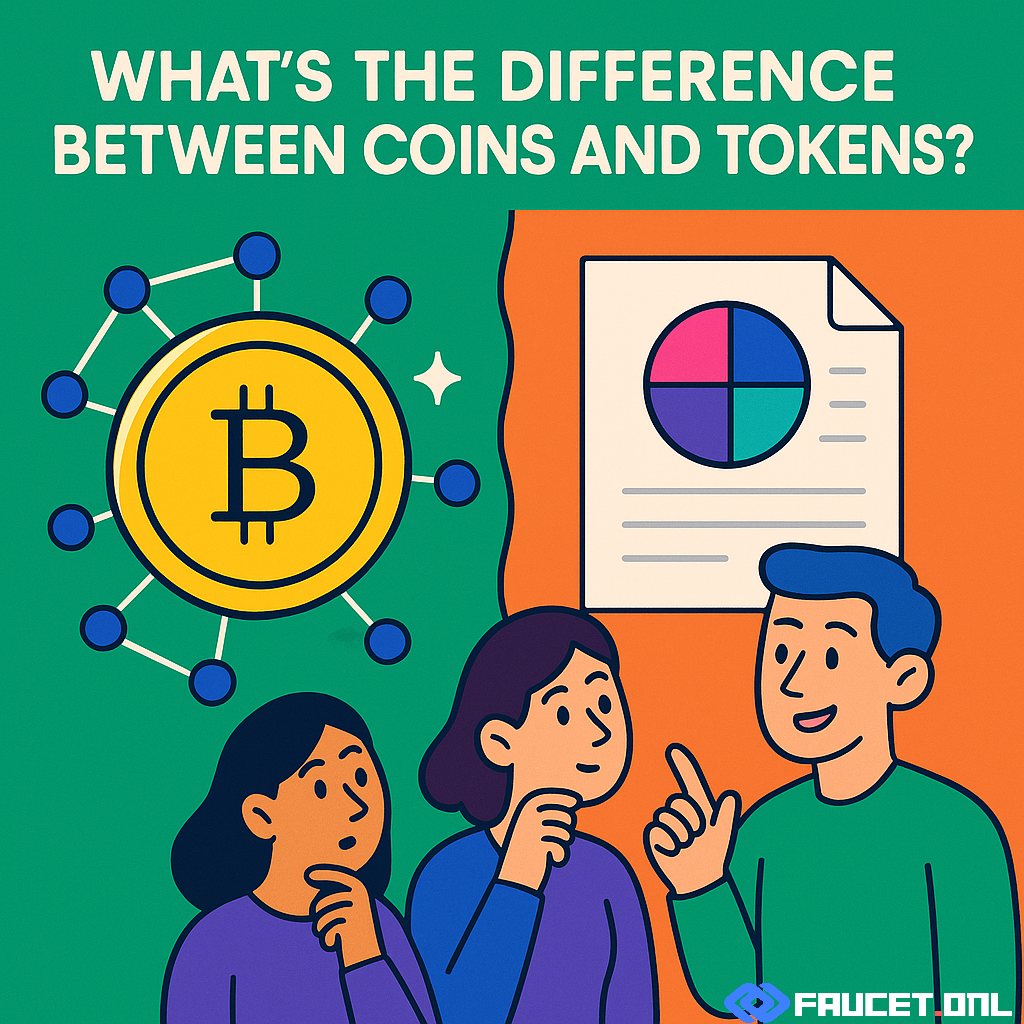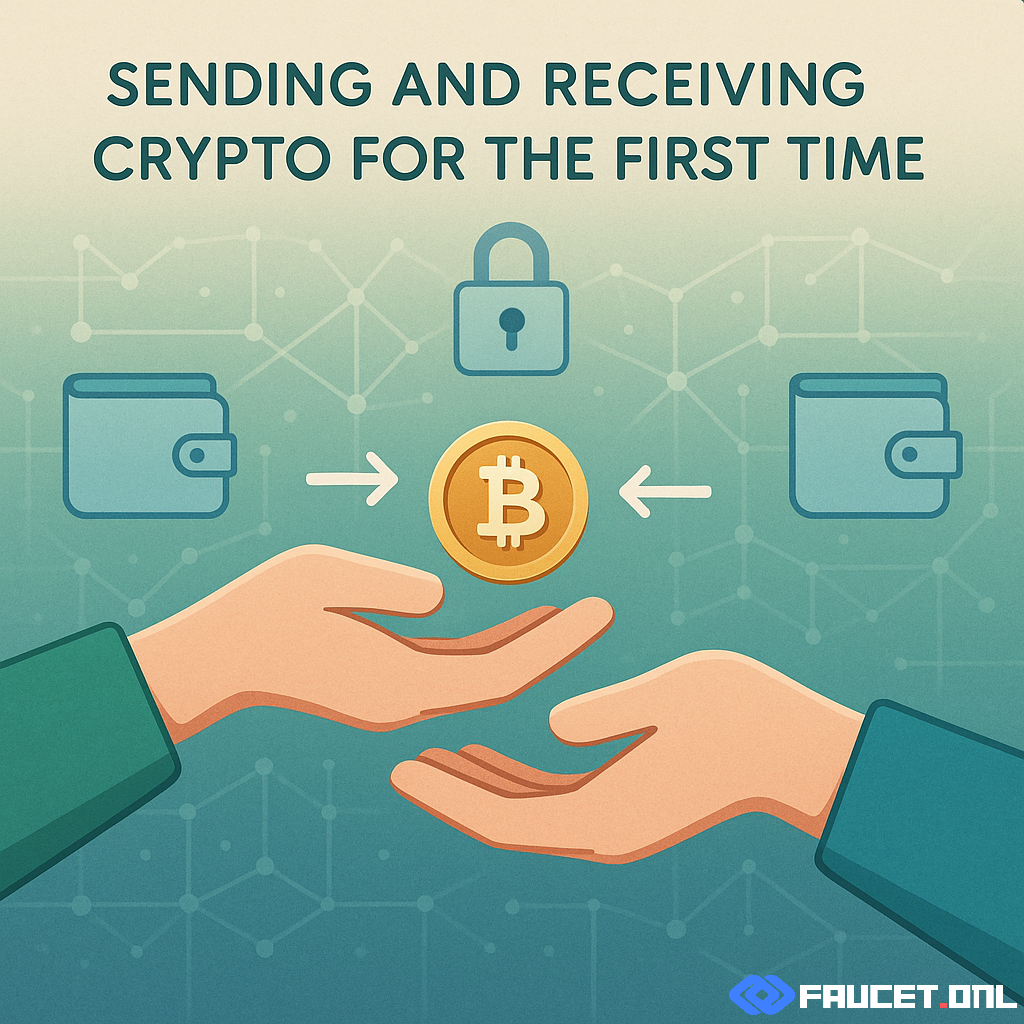Coins vs. Tokens: The Simple Breakdown
In the world of crypto, “coin” and “token” are tossed around all the time. But what do they actually mean? Here’s the key: coins run on their own blockchain, while tokens are built on top of another blockchain. Both can be valuable, but they work a little differently.
How They Work: Blockchains and Building Blocks
- Coins: Think of coins as the “native currency” of their own network. They power transactions and keep the system running. If a blockchain is a city, the coin is its official money.
- Tokens: Tokens are created using a coin’s blockchain—kind of like festival tickets printed by the city. They use the city’s infrastructure (blockchain), but aren’t the main currency.
Coins have their own blockchains (like Bitcoin or Ethereum). Tokens ride on existing blockchains (like most NFTs and DeFi project tokens).
Examples: Real Coins and Tokens
- Coins:
- Bitcoin (BTC): The original coin, runs on the Bitcoin blockchain.
- Ethereum (ETH): Native to the Ethereum blockchain.
- Litecoin (LTC): Powered by its own blockchain network.
- Tokens:
- Uniswap (UNI): A token built on Ethereum, used in the Uniswap exchange.
- USDT (Tether): A stablecoin token on Ethereum and other blockchains.
- Chainlink (LINK): An Ethereum-based token powering decentralized data feeds.
Why It Matters: Understanding the Difference
Knowing whether something is a coin or a token helps you understand how it works, what you can do with it, and even where you can store or trade it. For example, you pay network fees in a blockchain’s coin (like ETH for Ethereum), but you might use tokens for trading, voting, or rewards on top of that network.
Coins are usually for payments and keeping the network alive. Tokens can do just about anything—representing digital art (NFTs), acting as voting chips in projects, or standing in for real-world assets.
Quick Guide: How to Tell Coins and Tokens Apart
- Coins: Have their own blockchain (BTC, ETH, LTC)
- Tokens: Use another blockchain’s tech (UNI, USDT, LINK, most NFTs)
- Ask: “Does this have its own network, or is it built on someone else’s?”
- Check where you send it—coins need their own blockchain’s wallet address, tokens use the main network’s address (like ETH for all Ethereum tokens)
Pro Tip:
When in doubt, look it up! Coin tracking sites (like CoinMarketCap) show if it’s a coin or a token, and what blockchain it uses.
Summary
Coins and tokens are both key to the crypto universe, but understanding the difference will make your journey much smoother. Coins run the blockchains, tokens use those blockchains for new ideas and tools. Next time you see a crypto project, you’ll know exactly what you’re dealing with!



